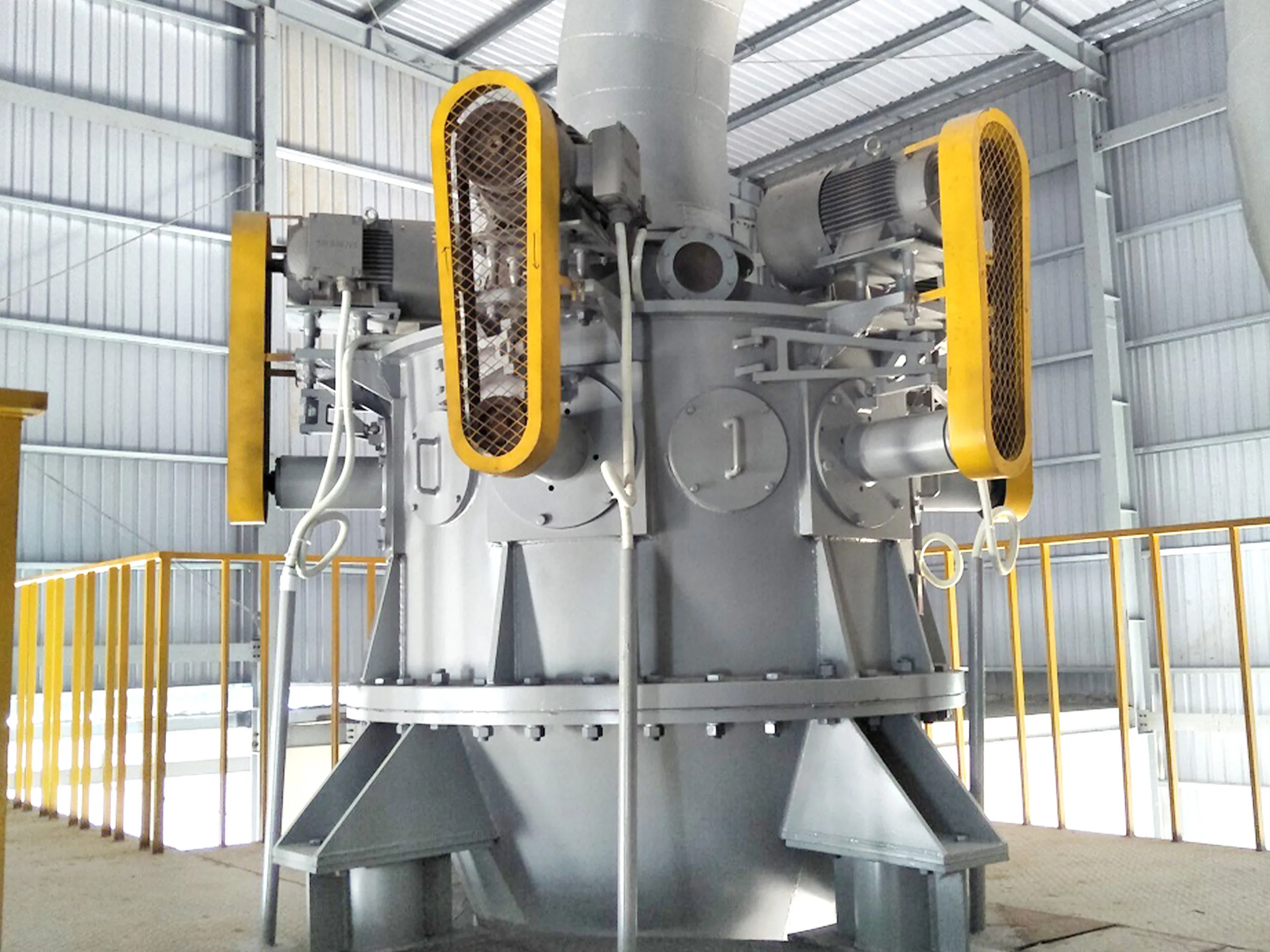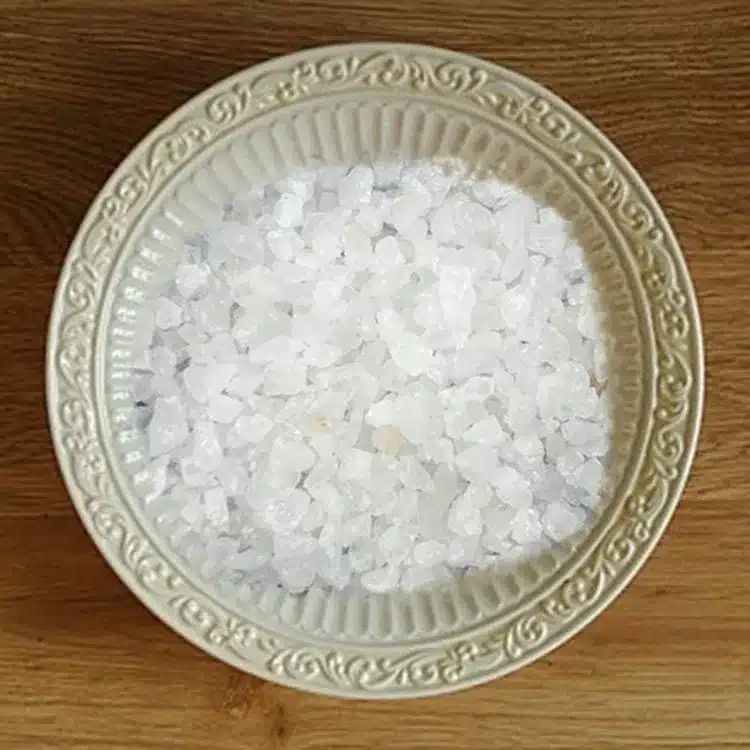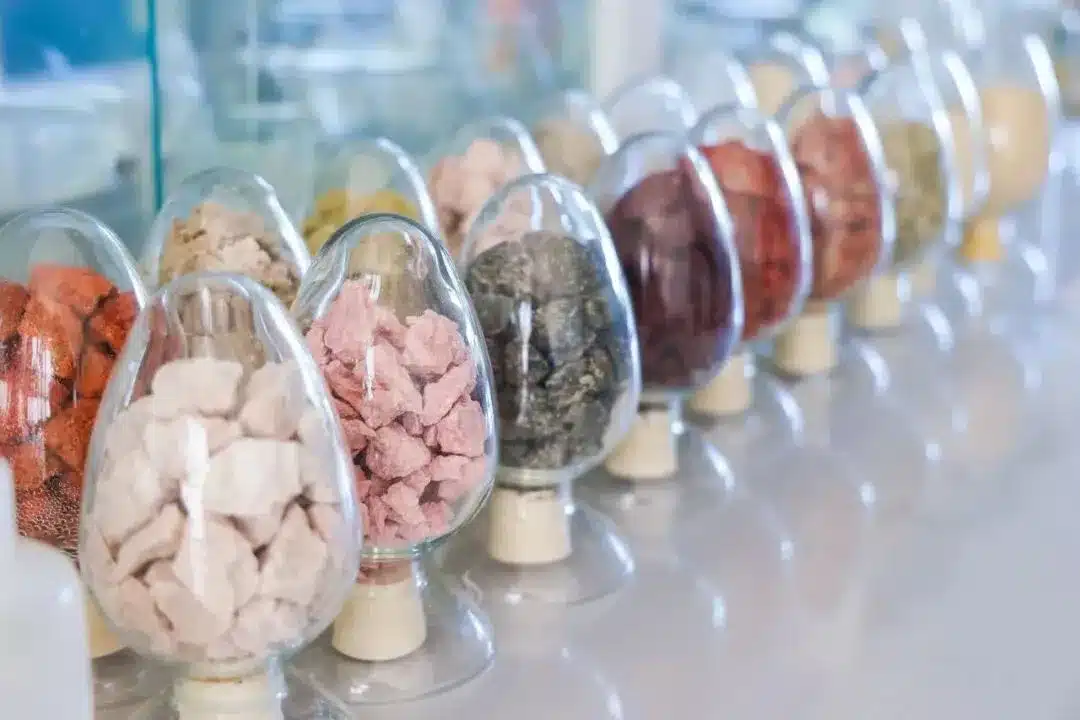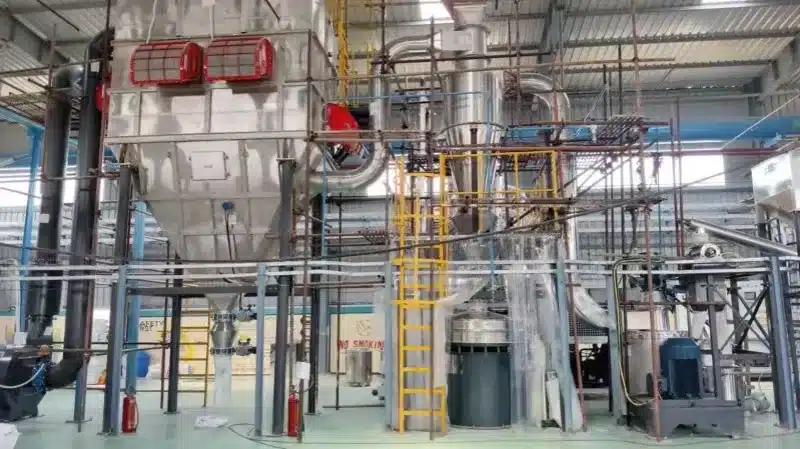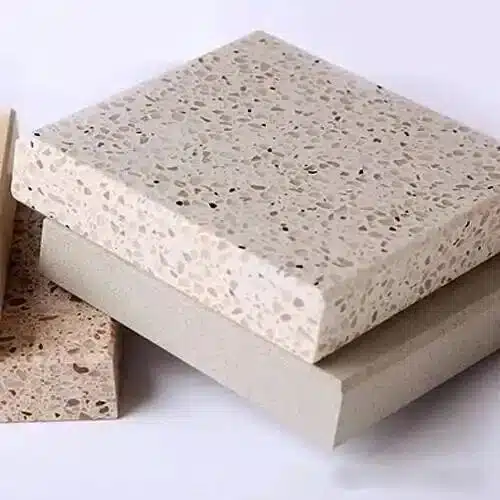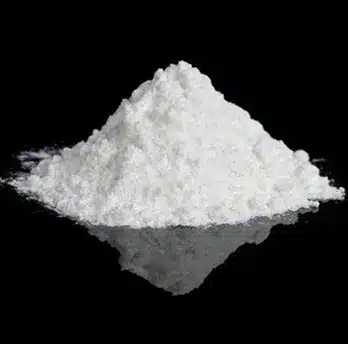Achieving the ideal 25μm (approximately 600 mesh) particle size for premium matcha powder requires specialized milling equipment and precise process control. This level of fineness significantly impacts the powder’s mouthfeel, color retention, and nutrient preservation. Three primary milling technologies have proven effective for matcha processing.
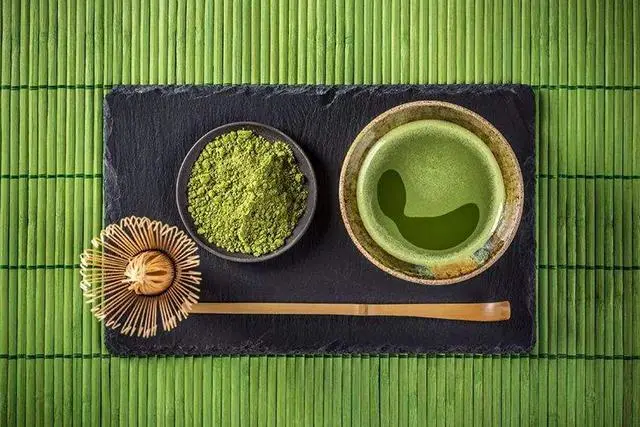
Ultrafine Grinder Jet Mill
Jet mill systems utilize high-pressure air streams to create particle-on-particle impact, delivering consistent 1-25μm particle distribution without heat generation – a critical advantage for preserving matcha’s delicate chlorophyll and L-theanine content. This technology has become standard among top-tier producers in Japan’s Uji region.
Cryogenic Grinding Ball Mill
Cryogenic ball mills employ zirconia grinding media with integrated cooling systems, maintaining temperatures at 10-15°C to achieve over 95% aroma compound retention. Advanced models feature nitrogen inerting for additional oxidation protection.
High-Shear Grinding Disperser
For wet processing applications, high-shear rotor-stator mills enable nanoparticle reduction in liquid suspension, particularly suitable for producing matcha concentrate with capacities reaching 500L/hour, often equipped with real-time particle monitoring.
Precision control systems are essential for maintaining the target 25μm specification. Modern equipment achieves this through multiple approaches. Temperature management should follow a three-stage protocol: raw material pre-cooling to 5°C, maintained grinding chamber temperature at 10°C via chilled water circulation, and immediate post-milling storage at -20°C. Hygienic design standards require surface finishes below Ra 0.8μm, 316L stainless steel contact surfaces, and integrated CIP systems.
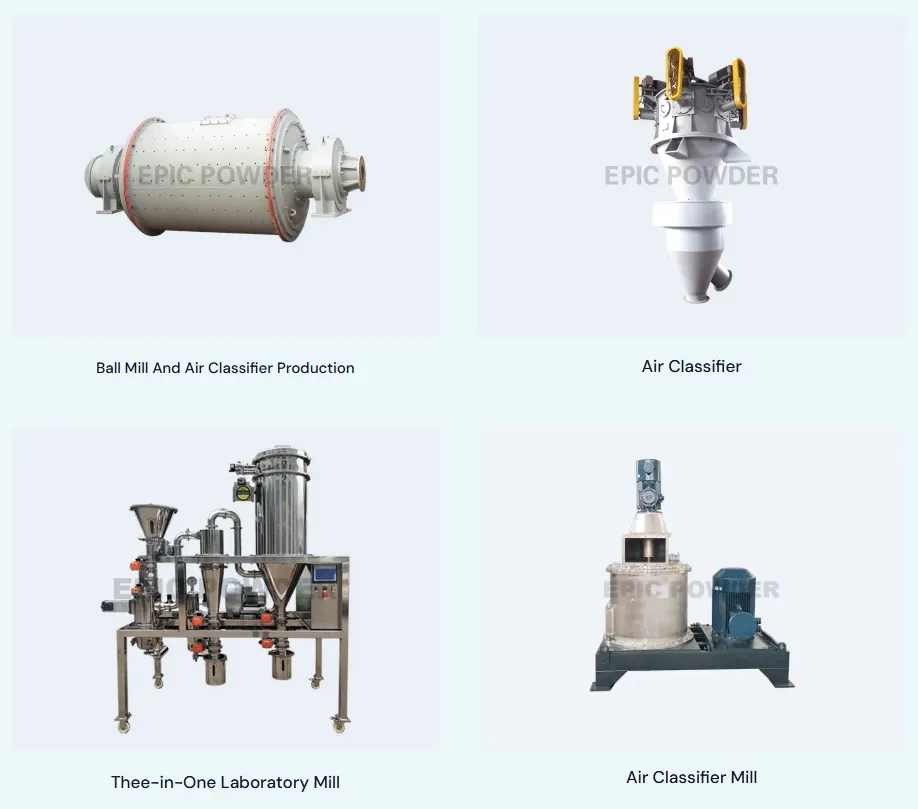
About Epic Powder
Epic Powder micronization system represents cutting-edge German engineering, integrating pre-cooling, milling and classification into a single automated platform.
Production data demonstrates consistent 25±1μm particle size, 30% improved chlorophyll retention, and 25% reduced energy consumption compared to conventional systems. We strongly recommend trial milling with actual raw materials before final equipment selection. Variations in leaf fiber structure from different growing regions may require parameter adjustments. Quarterly professional calibration ensures long-term performance stability for consistent product quality.

